Did you know that hands-on activities with eco-friendly materials can significantly enhance a child’s cognitive development? Making wooden toy kits for kids boosts creativity and problem-solving skills. It’s a fun way to learn and grow.
These eco-friendly diy toys help safely grow brains. Starting this project brings joy and helps your child’s imagination grow.
Key Takeaways
- Creating diy wooden toys enhances cognitive development in children.
- Eco-friendly materials ensure a safe play environment.
- Wooden toy kits for kids promote creativity and problem-solving skills.
- Making educational diy wooden toys is a fun and educational experience.
- These toys are designed to stimulate brain development.
The Benefits of Wooden Toys for Child Development
Wooden toys are great for early learning. They help kids grow in many ways. These toys are tough and last a long time. They also help kids develop in important ways.
Cognitive and Motor Skill Development
Wooden toys like blocks and puzzles are key for kids. They help with thinking and fine motor skills. KidKraft says wooden blocks are great for kids. They help with sensory play, fine motor skills, thinking, and creative play.
Playing with wooden toys helps kids solve problems. It improves hand-eye coordination and creativity.
Sensory Benefits of Natural Materials
Wooden toys feel natural and warm. This is good for kids’ thinking and feelings. Using natural materials in toys teaches kids about nature and caring for the planet.
How Wooden Toys Support Brain Development
Wooden toys are good for the brain. They encourage kids to think creatively and solve problems. They help with understanding space, math, and creativity.
Playing with wooden toys lays a strong base for school success.
| Benefits | Description |
|---|---|
| Cognitive Development | Enhances problem-solving skills, spatial awareness, and creativity |
| Motor Skill Development | Improves fine motor skills, hand-eye coordination, and dexterity |
| Sensory Experience | Provides a natural, tactile experience that stimulates the senses |
Essential Tools and Materials for Creating Educational DIY Wooden Toys

Making educational DIY wooden toys needs careful tool and material selection. This ensures a fun and safe play time. You’ll need a few key items to create top-notch, educational wooden toys.
Basic Woodworking Tools for Beginners
Beginners should start with basic woodworking tools. These tools are easy to use and versatile. Some must-haves include:
- A table saw or circular saw for cutting wood
- A drill press for precise drilling
- A sander for smoothing out wood surfaces
- A jigsaw or coping saw for curved cuts
These tools will help you finish various educational woodworking projects. You can make simple stacking blocks or more complex designs.
Child-Safe Wood Types and Materials
The wood type is key when making educational DIY wooden toys. Choose child-safe, sustainable wood types like:
- Beech wood
- Balsa wood
- Maple wood
These woods are durable and non-toxic. They ensure a safe play experience for kids.
Non-Toxic Finishes and Paints
To add color and protection, use non-toxic finishes and paints. Popular choices include:
- Water-based wood finishes
- Natural waxes like beeswax
- Non-toxic, water-based paints
These options are safe for kids. They also make your DIY wooden toys look great.
Safety Considerations When Making Wooden Toys
To keep children safe, it’s important to follow safety rules when making wooden toys. When you make educational DIY wooden toys, think about a few key things. This ensures they are safe for kids to use.
Age-Appropriate Design Guidelines
It’s crucial to design wooden toys that fit a child’s age. For example, toys for toddlers should not have small parts that can be detached. This is to prevent choking hazards.
According to Montessori principles, toys should encourage kids to play on their own. So, it’s important to make sure the toy is right for the child’s age and development level.
Avoiding Choking Hazards
Wooden toys can be a choking hazard. To avoid this, make sure small parts like knobs or beads are stuck tight. Any part that can go through a toilet paper roll is a choking hazard.
Safe Finishing Techniques
When finishing your wooden toys, use non-toxic finishes and paints. Choose eco-friendly DIY toys that use natural materials and finishes. This includes beeswax or water-based paints.
Always follow the instructions for applying and drying these finishes. This ensures a safe and lasting finish.
By following these safety tips, you can make eco-friendly DIY toys that are both fun and safe for kids to play with.
Step-by-Step Guide: Simple Stacking Blocks for Toddlers

Stacking blocks is a classic toy that can be made at home. They help improve fine motor skills and brain development in young kids. Wooden blocks, as mentioned by KidKraft, are excellent for these skills in toddlers.
Materials and Cutting Instructions
To begin your educational toy project, gather some basic items. You’ll need wooden blocks or planks, a saw, sandpaper, and non-toxic finishes. Cut the wood into various sizes to create a set of stacking blocks.
For a simple project, cut the wood into rectangular blocks. Make sure they have the same height and width. This variety lets kids try different stacking ways.
Sanding and Finishing Process
After cutting, sand the blocks well to remove splinters or rough edges. This step is key to making the blocks safe for toddlers.
Next, apply a non-toxic finish to protect the wood and make the blocks look good. Use natural oils or child-safe paints to add color and interest.
Educational Play Ideas
Stacking blocks is not just fun; it’s also educational. They improve fine motor skills, hand-eye coordination, and brain development.
Balance and Coordination Activities
Encourage toddlers to stack the blocks and then knock them down. This activity boosts their balance and coordination.
Color and Shape Recognition
If you’ve painted the blocks in different colors, use them to teach color recognition. Also, using blocks of different shapes can help with shape recognition.
As experts say, “Wooden toys, like stacking blocks, provide a tactile experience vital for young children’s sensory development.” By making these handmade wooden toys, you’re helping a child’s growth.
Creating Montessori Wooden Toys at Home
Montessori wooden toys can be made at home. You can use sustainable materials and simple DIY techniques. This way, you create a safe and durable play environment for kids.
DIY Object Permanence Box Tutorial
An Object Permanence Box teaches kids about objects that exist even when out of sight. You’ll need a wooden box, a lid, and basic tools. Look for wooden toy kits for kids with pre-cut pieces to make it easier.
Practical Life Skills Boards
Practical Life Skills Boards help kids improve their fine motor skills and hand-eye coordination. You can make these using wooden boards, fasteners, and other materials. Use reclaimed or eco-friendly wood to make them sustainable.
Sensorial Learning Materials
Sensorial Learning Materials are key in Montessori education. They help kids explore textures, sounds, and visuals. Create these at home with wooden components and sensory materials like sandpaper or fabric. This way, you make learning fun and eco-friendly.
By making these toys at home, you give your child engaging and educational playthings. You also promote wooden toy kits for kids that are both fun and developmental.
How to Craft Wooden Shape Sorters for Cognitive Development
You can make a valuable learning tool for your child with a wooden shape sorter. It’s a great project for educational woodworking. These sorters help young children solve problems and grow their minds.
Materials and Template Guide
To begin, gather some basic materials. You’ll need wood, a shape template, and non-toxic paint or finish. You can make your own template or find one online. A template ensures the shapes fit right.
Cutting and Assembly Instructions
After getting your materials, cut out the shapes. Sand the edges to make them smooth and safe. Then, put the shapes together with a base or a container.
Developmental Benefits for Young Children
Wooden shape sorters are great for kids. They improve problem-solving, hand-eye coordination, and thinking. Kids learn to match shapes, boosting their critical thinking.
By making DIY wooden toys like shape sorters, you help your child learn and have fun. This idea is perfect for encouraging learning through play.
Educational DIY Wooden Toys That Promote Mathematical Skills

You can help your child love math by making educational DIY wooden toys. These toys can make learning math fun and exciting. They are designed to help kids solve problems.
Making a Simple Wooden Abacus
A wooden abacus is great for teaching math basics like addition and subtraction. You need wooden rods, beads, and a base to make one. First, build the frame with the rods. Then, add the beads to the rods.
This project teaches math and improves fine motor skills. It’s a fun way to learn.
DIY Fraction Boards and Circles
Fraction boards and circles are perfect for learning about fractions. Cut wooden circles or boards into parts to make them. Then, put these parts together to show how fractions add up to a whole.
This makes complex math easier for kids to understand. It’s a visual way to learn.
Geometric Shape Matching Games
Geometric shape matching games are great for math skills. Make wooden shapes in different sizes and colors. Then, create games where kids match these shapes.
These games help kids learn shapes and solve problems. They improve spatial awareness and problem-solving skills.
Doing these DIY projects is a fun way to spend time with your child. It helps them grow and love learning.
Wooden Learning Toys for Language and Literacy
Wooden learning toys are great for improving language and literacy in kids. They make playtime educational and fun. This can spark a lifelong love for reading and learning.
Alphabet Tracing Boards Tutorial
Making an alphabet tracing board is easy and helpful. Start with a piece of wood and sand it smooth. Use a wood-burning tool or paint to draw the alphabet on it.
You can also add pictures or shapes to make it more fun. Consider adding a small tray or container. This helps kids trace the letters more easily.
Storytelling Blocks and Props
Storytelling blocks are a wonderful DIY project. They can have different scenes or characters. This encourages kids to use their imagination and tell stories.
Paint or burn images like animals or houses on the blocks. Adding wooden puppets or figures makes storytelling even better. It helps kids practice their language skills.
Word Building Puzzles
Word-building puzzles are perfect for learning words. You can make wooden letter tiles to help kids spell and read. Cut out letter shapes from wood and sand them smooth.
- Use a mix of vowels and consonants for a versatile set.
- Adding a wooden tray or mat keeps the letters organised.
- As kids get better, introduce more complex words and letters.
These handmade wooden toys are great for kids’ playtime. They help build a strong foundation in language and literacy. These projects are both fun and educational, helping kids develop important skills.
Brain Development Toys: Wooden Logic Puzzles
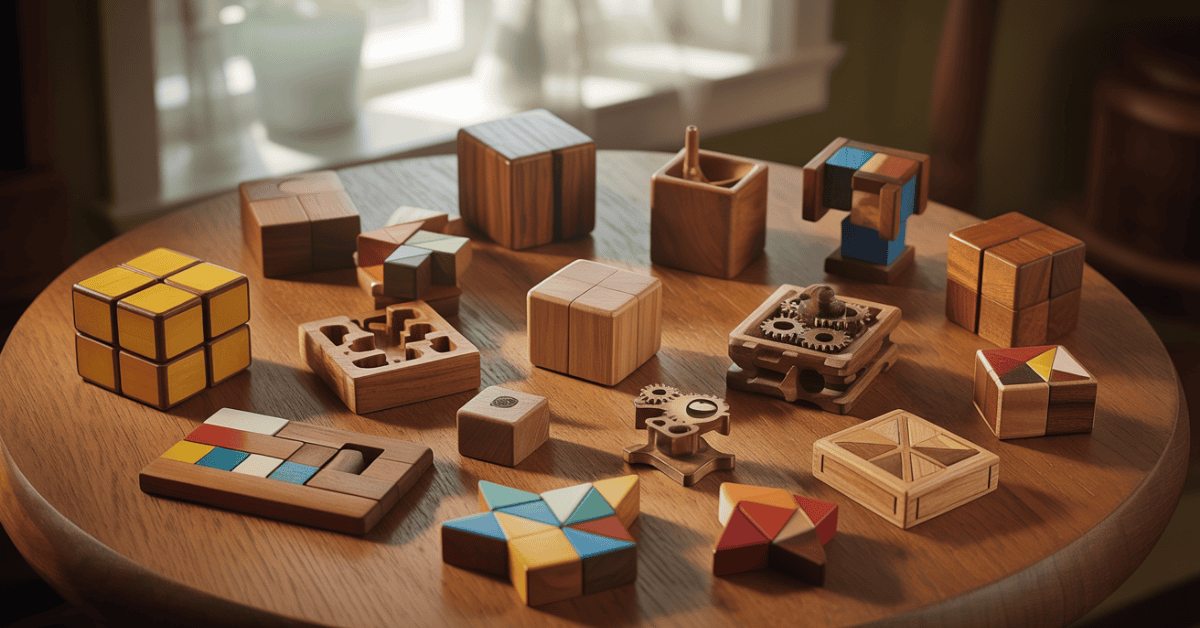
Homemade wooden toys, like puzzles, help kids solve problems. These toys are fun and help grow their minds. Making them yourself also helps the planet.
Simple Maze Design Instructions
Start with a simple maze. You need wood, a jigsaw, and a drill.
- Cut out a rectangular shape from your wood.
- Design your maze pattern on the wood.
- Use a jigsaw to cut out the maze paths.
- Sand the edges to smooth them out.
The Mother Earth News Editors say a toy maze is great for kids. It boosts problem-solving and hand-eye skills.
Pattern Matching Challenges
Pattern-matching toys help kids think better. You can make a game by:
- Cutting out different shapes from wood.
- Creating a set of patterns for your child to follow.
- Use different colors or textures to make it more challenging.
Problem-Solving Wooden Games
Wooden puzzles are great for kids’ brains. They make kids think and solve problems. You can make these games by designing puzzles with moving parts.
By making these educational wooden toys DIY projects, you’re helping your child grow. Plus, it’s a fun activity for you and your child.
DIY Wooden Pull-Along Toys: Combining Movement and Learning
You can make educational DIY wooden toys with simple materials. These toys are fun to make and help your child learn while moving. They improve motor skills and brain development.
Materials and Wheel Assembly
You’ll need wooden blocks, a dowel rod, wheels, and glue for this project. First, attach the wheels to the dowel rod. Make sure they’re stuck well for smooth movement.
The toy’s body can be made from various wooden shapes. You can choose a simple animal or a complex shape.
Adding Educational Elements
To make your toys more educational, add learning elements. You can paint numbers or letters on them. Or, add different textures for sensory learning.
| Educational Element | Description | Learning Benefit |
|---|---|---|
| Numbers or Letters | Paint or engrave numbers or letters on the toy | Promotes literacy and numeracy skills |
| Textures | Attach different materials for varied textures | Enhances sensory awareness |
| Shapes | Use different geometric shapes | Develops spatial awareness and problem-solving skills |
Safety Considerations for Moving Parts
Make sure all moving parts are well attached to avoid choking hazards. Check the toys often for damage. Fix any problems right away.
By following these steps, you can make fun and educational toys. They are safe and engaging for your child.
Finishing and Maintaining Your Handmade Wooden Toys
Finishing your DIY wooden toys is more than just making them look good. It’s also about making sure they last and are safe for kids. A well-finished toy looks great and can handle lots of play, making it a smart choice for both you and the child.
Child-Safe Finishing Techniques
When finishing your wooden toys, safety comes first. Choose non-toxic finishes that don’t have harmful chemicals. Natural waxes or water-based finishes are good choices because they’re safe for kids and the planet. Always read the instructions and apply the finish in a place with good air flow.
Cleaning and Sanitising Methods
To keep your wooden toys clean and germ-free, regular care is important. Use a soft, dry cloth to clean them. For deeper cleaning, a damp cloth with mild soap works well. But don’t soak them in water, as it can damage the wood. For sanitising, a mix of water and white vinegar is effective.
Repair and Restoration Tips
As time goes by, your DIY toys might need some fixes. Look for loose parts or splinters and fix them right away. For bigger repairs, like reapplying finish or fixing parts, use safe materials and follow safety rules. Regular checks can help spot problems before they get big.
By following these tips, your handmade wooden toys will stay safe, durable, and fun for kids. This helps them grow and develop through play.
🪚 Affiliate Call-to-Action: Build Smarter, Create Better
✨ Ready to Turn Your Wooden Toy Ideas into Reality?
You’ve learned how to make educational wooden toys — now take your creativity to the next level with Ted’s Woodworking, the world’s largest collection of 16,000+ step-by-step woodworking plans.
Perfect for beginners, DIY parents, and pros, Ted’s Woodworking gives you everything you need to bring your projects to life — beautifully, easily, and affordably.
🎯 Why You’ll Love Ted’s Woodworking
✅ 16,000+ Done-for-You Woodworking Plans — from kids’ puzzles to furniture, shelves, and more
✅ Step-by-Step Blueprints & Detailed Schematics — zero guesswork, total clarity
✅ Beginner-Friendly & Pro-Approved — no expensive tools or advanced skills needed
✅ Cutting Lists + Material Guides — save money and avoid waste
✅ Free Monthly Plans for Life — new ideas added every month
✅ Exclusive Bonuses — CAD viewer, 150 premium woodworking videos, and more
✅ One-Time Purchase — Lifetime Access
✅ 100% Risk-Free 60-Day Guarantee
🪵 Build, Learn & Inspire Creativity
Whether you’re crafting educational toys, home decor, or custom furniture, Ted’s Woodworking helps you turn your ideas into beautifully finished projects with confidence and precision.
🎁 Limited-Time Offer: Get instant access to 16,000+ woodworking plans for just $67 (one-time) — before the discount ends.
👉 Click Here to Start Your Next Project with Ted’s Woodworking »
Conclusion: Fostering Development Through Handcrafted Educational Wooden Toys
Making educational DIY wooden toys is a great way to help kids grow. It also helps the environment by using sustainable materials. These toys improve kids’ thinking, moving, and feeling skills, setting them up for learning all their lives.
Exploring DIY wooden toys can open up many educational paths. From simple blocks to complex puzzles, these toys are both fun and educational. They help kids think creatively and solve problems.
When you make these toys, you’re giving kids a head start in life. You’re also teaching them to love learning. So, grab your tools, pick your materials, and start making toys that will inspire and teach the next generation.
FAQ
What are the benefits of making educational DIY wooden toys for child development?
Making DIY wooden toys can help kids grow in many ways. It boosts their thinking and motor skills. It also gives them a chance to learn through touch and helps their brains grow.These toys can be made for different ages and learning goals. They are great for parents and teachers to use.
What are the essential tools and materials needed for creating educational DIY wooden toys?
You’ll need basic woodworking tools and safe wood types for making these toys. Safe woods include birch, maple, and beech. For finishes, use natural wax, beeswax, or water-based varnishes.
How can I ensure the wooden toys I make are safe for children?
To make safe toys, follow design rules for each age. Avoid parts that can choke kids. Use safe finishes and check your toys for hazards before giving them to children.
What are some examples of educational DIY wooden toys that promote mathematical skills?
For math skills, try making simple abacuses, fraction boards, or shape games. These toys help kids learn about numbers, fractions, and shapes.
Can I make Montessori wooden toys at home?
Yes, you can make Montessori toys at home. Try making object permanence boxes, practical life boards, or sensorial materials. These toys encourage kids to learn on their own and through hands-on activities.
How do I maintain and clean my handmade wooden toys?
To keep your toys clean, use safe cleaning methods. Wipe them with a damp cloth. Avoid harsh chemicals and too much water. Check your toys often for damage and fix them as needed.
What are some examples of brain development toys that I can make using wood?
Wooden toys for brain development include logic puzzles, mazes, pattern games, and problem-solving games. These toys help kids think critically and solve problems.
Can I make educational DIY wooden toys that promote language and literacy skills?
Yes, you can make toys for language and literacy. Try alphabet boards, storytelling blocks, or word puzzles. These toys help kids with reading and writing.
Are there any specific safety considerations I should keep in mind when making DIY wooden pull-along toys?
When making pull-along toys, think about safety first. Make sure the wheels are safe and the toys have educational value. Also, consider the safety of moving parts. Design the toys with safety in mind for the right age group.
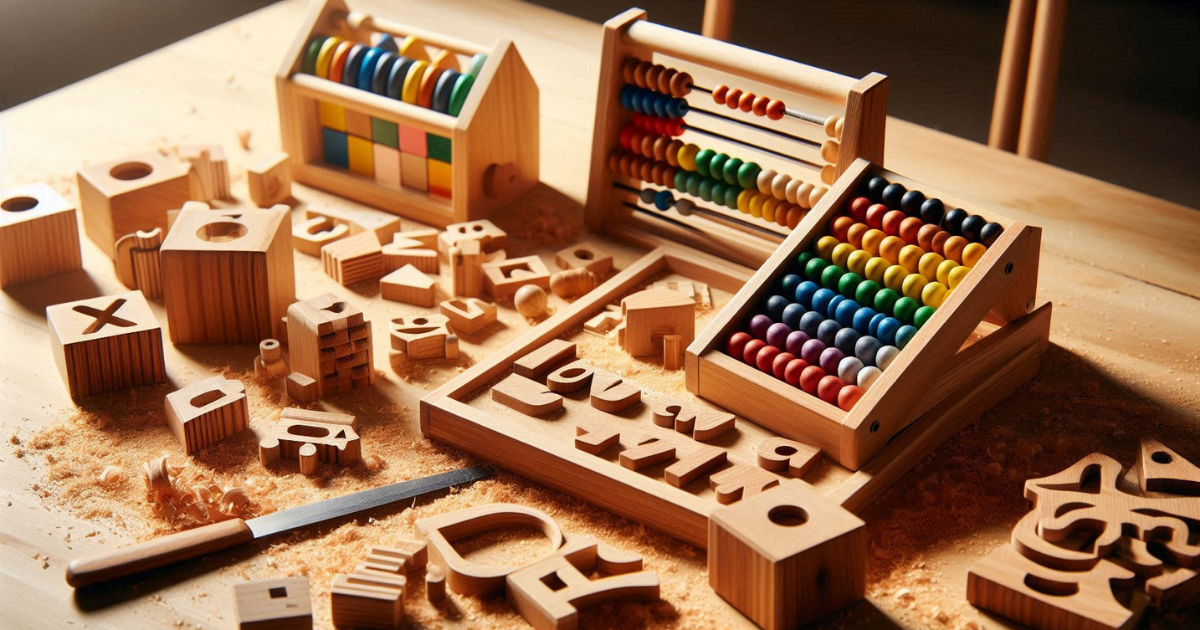
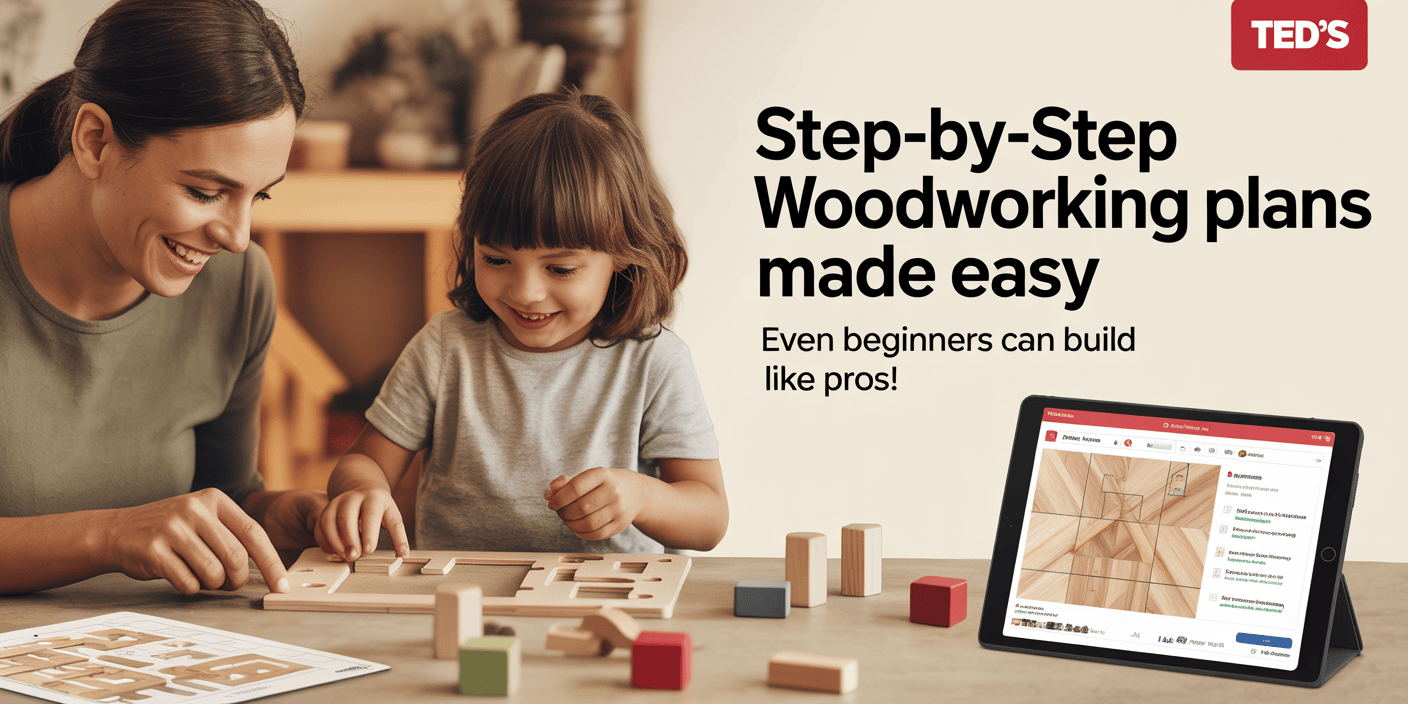
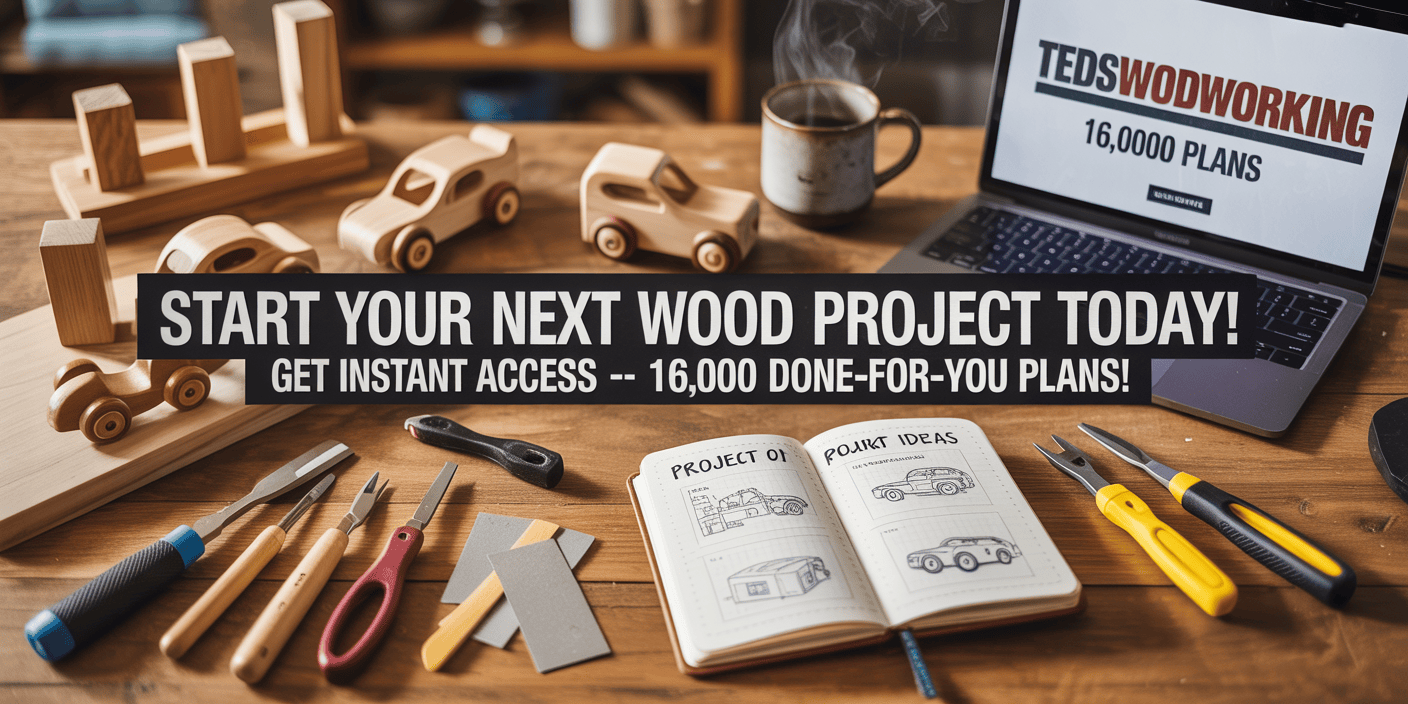
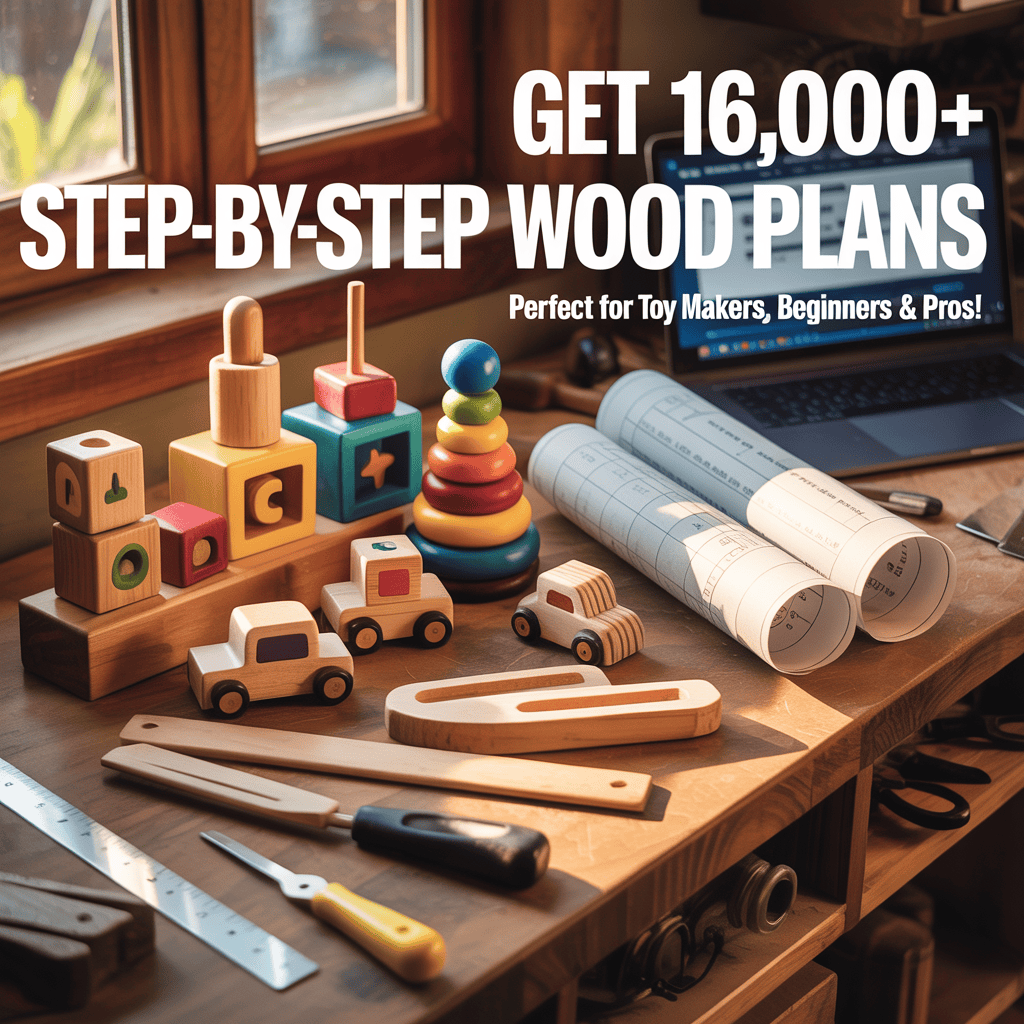
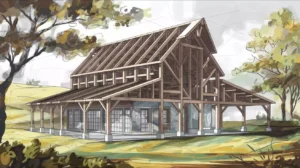
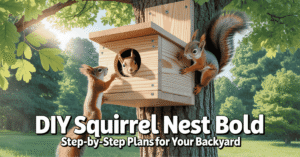
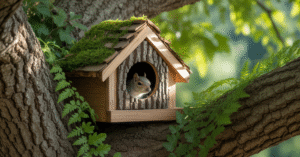
Pingback: DIY Busy Board for 2 Year Old: Fun Learning Activity
Pingback: 10 Easy DIY Wooden Toys You Can Build at Home (With Free Plans)